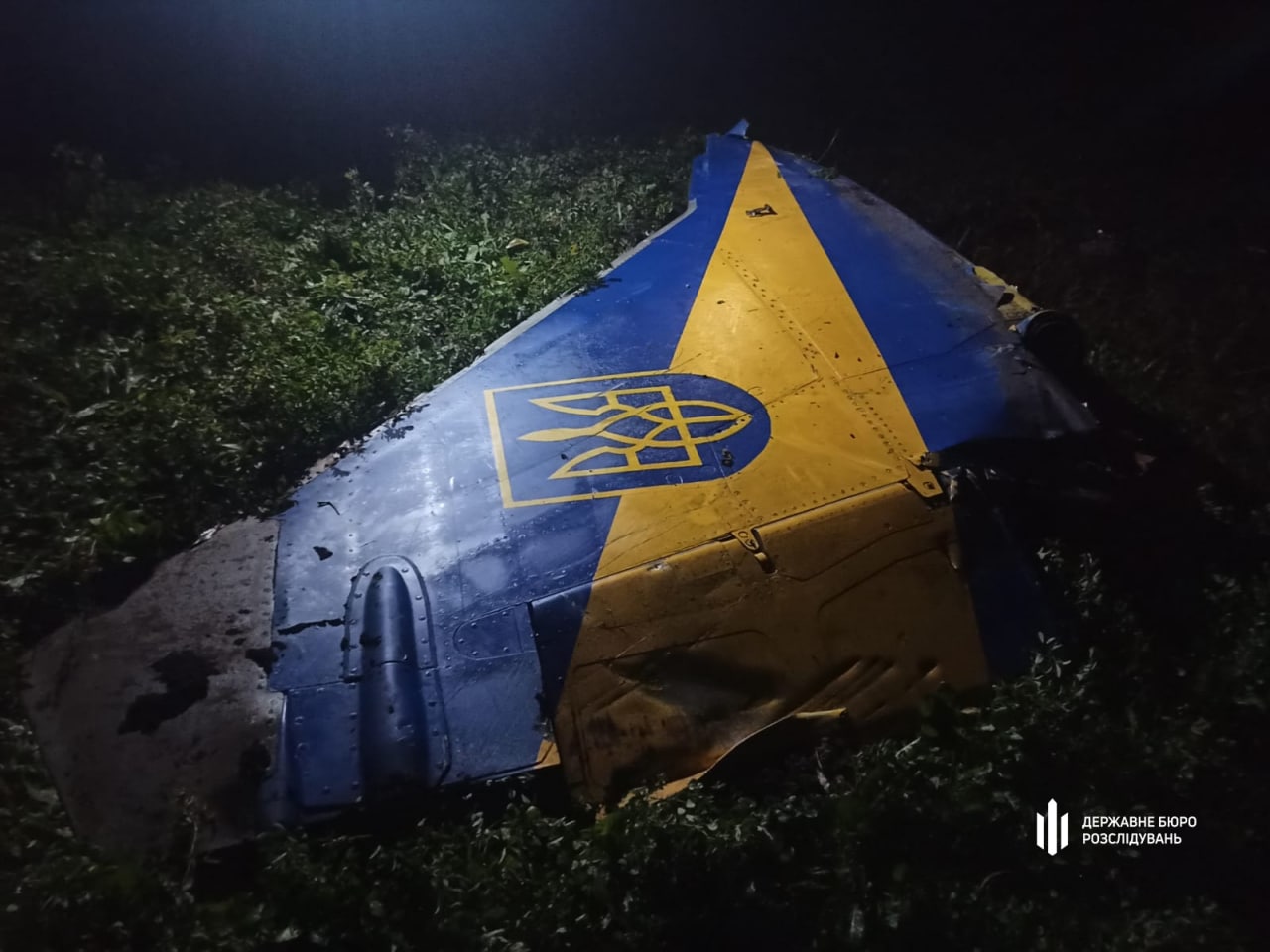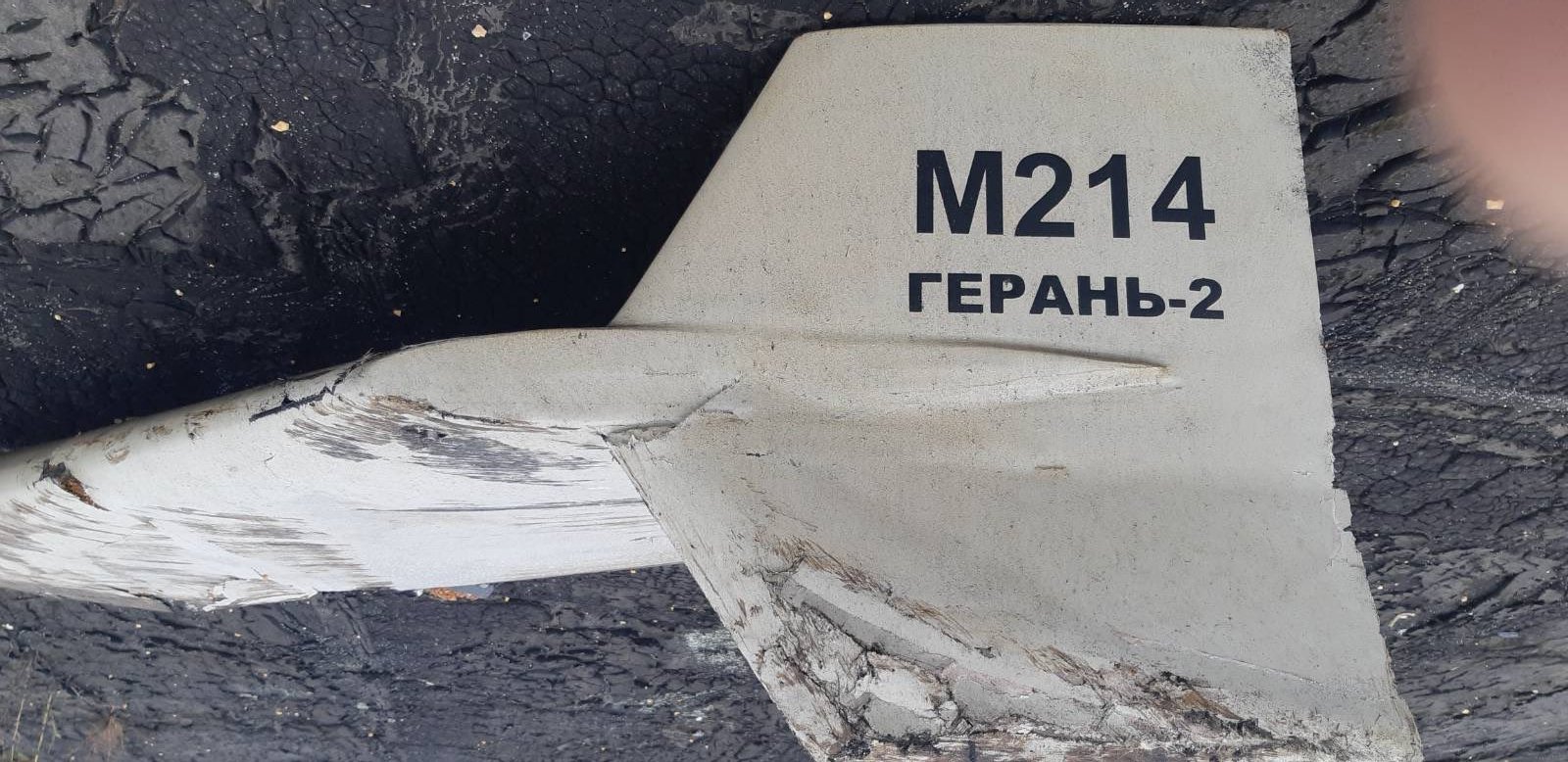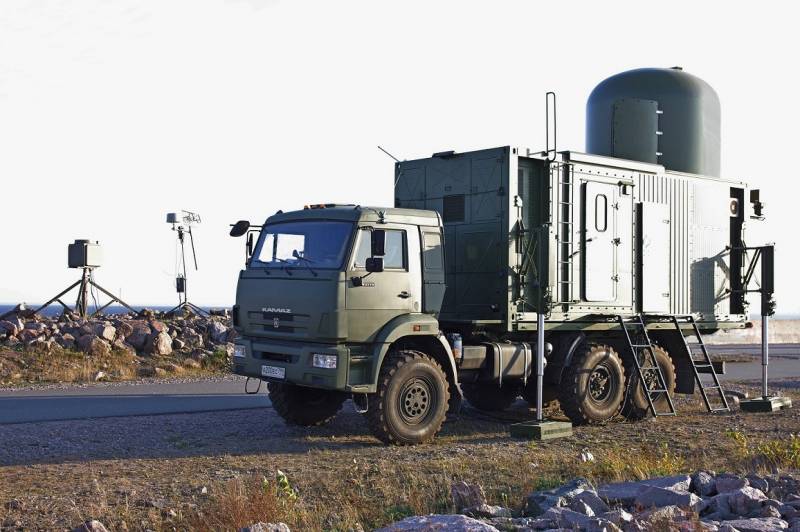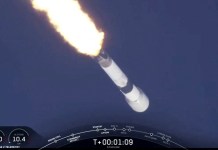Russia’s extensive use of Iranian-made drones against Ukrainian targets puts a great deal of strain on Ukraine’s air defense systems, which are forced to use high-priced missiles to counter these low-cost drones.
On October 19, Ukraine’s armed forces claimed they had shot down 223 Iranian-made Shahed-136 suicide drones in the last 36 days.
According to a statement from the Air Force of the Armed Forces of Ukraine, the anti-aircraft defense units of the Air Force and other components of the Ukrainian Defense Forces have destroyed 223 Iranian-made Shahed-136 suicide drones.
The statement further noted that the first Iranian-made drone was shot down on Ukrainian soil on September 13 in Kupiansk. Kyiv attributed the defeat of these drones to fighter jets and air defense missile systems.
Meanwhile, US Defense Department Press Secretary Pat Ryder said on Thursday that Iranian drones provided to Russian forces are wreaking havoc despite a limited ability by Ukraine to shoot down some of the aerial systems.
“In terms of their effectiveness and the Ukrainians’ ability to address them, it’s our assessment that the Ukrainians have been pretty effective in terms of shooting a lot of those drones down,” Ryder said during a press briefing. “That said, clearly they have wreaked havoc… it’s a serious threat.”
Cheap Drones, Expensive Missiles
This raises serious concerns about the feasibility of using expensive missiles launched by various weapon systems to combat such inexpensive drones. According to Ukraine, its anti-aircraft defense systems have eliminated 85% of the Russian invaders’ Shahed-136 drones.
Experts, however, pointed out that the issue is not the efficiency of Ukraine’s weapon systems but the cost of the missiles used by those defense systems. The current situation shows that Moscow is attacking Ukraine’s civilian infrastructure with kamikaze drones.
William Alberque, Director of Strategy, Technology, and Arms Control for IISS, told the EurAsian Times — “cheap suicide drones is complex and difficult. The attacker can use a number of strategies to cause maximum damage.”
“One is to attack many different targets – and attack those targets from unexpected directions rather than a frontal assault – making defense very difficult. Another is to use many drones against a single target – again attacking from all directions – greatly increasing your chance of hitting the target,” he added.
The Iranian-supplied low-cost drones have caused significant damage to Ukraine. A recent report claims that an air battle between a Russian drone and a Ukrainian MiG-29 resulted in the downing of the Ukrainian aircraft.

Although the Shahed-136 isn’t designed for aerial combat, it’s conceivable that a fighter jet went down after colliding directly with a drone or one of its parts. This demonstrates the lethal effect these drones have on evolved military gear.
Alberque, who previously also served as the director of NATO’s Arms Control, Disarmament, and WMD Non-Proliferation Centre (ACDC), said that “Solid drone defenses – just like missile defense – require very expensive solutions.”
“Defending against drones, like against missiles, is difficult because it is an offense-permissive environment, that is to say, the advantage always accrues to the attacker. For every ten dollars, you spend on defenses, the attacker only needs to spend one dollar to design a new way around your defenses,” he noted.
Military leaders have also voiced similar concerns in the past. For instance, a top US Army general disclosed in 2017 that a consumer-grade quadcopter drone was destroyed using a Patriot PAC-2 missile, a multi-million dollar air defense missile.
At the time, the downing of a consumer-grade drone raised concerns about the viability of anti-drone defenses globally and the scarcity of affordable solutions to counter the threat posed by armed drones.
That said, a consumer-grade drone can be purchased on social networking sites like Amazon for around $200. However, the PAC-2 missile used in that incident cost between $2 and $4 million per unit.
It’s worth pointing out that there have been recent reports that the US or its allies could equip Ukraine with Patriot air missile defense systems.
Alberque explained that “countries are increasingly seeking advanced (and some not-so-advanced) solutions that help with defenses. Greater electronic warfare capabilities can allow you to shut down the electronic spectrum over a large geographic area, preventing drone controls.”

“However, this can be defeated by pre-programming the flight path – potentially less accurate or adaptive, but harder to defeat. Another is creating cheaper point defenses against drones. The Gepard is a good example – with rapid targeting, it can take down many drones at a very low cost,” he noted.
“But regardless, the benefits will almost always accrue to the attacker, who will find new ways around any defense,” Alberque said.
Russia Facing A Similar Situation?
Moscow, meanwhile, is in a similar predicament and is using its missile stockpiles to thwart the attacks of small Ukrainian drones. Even so, the nation is progressing toward finding solutions.
It was recently reported that Russia is working to develop the “Antimaidan-Rubezh” anti-drone robot complex to combat small unmanned aerial vehicles.
The decision was purportedly made to reduce the deployment of expensive missiles, which against drones, are highly inefficient from an economic perspective.
Vladislav Lobaev, the founder of Lobaev Arms, one of Russia’s research and development firms, earlier noted that using pricey missiles worth a million dollars against small drones and copters is economically highly impractical.
This project is presently in the research and development stage. If this system shows considerable promise, it will proceed to the experimental design phase.
In May, Russia even claimed to have deployed a new generation of powerful lasers to destroy drones in Ukraine. However, such weapons are not currently considered completely operational worldwide, which prevents them from being a practical and affordable option for stopping drone assaults.

Russia has also started upgrading its air defense systems to engage drones, and these guns are less expensive than MANPADS. But, it appears that neither Ukraine nor NATO has invested in specialized AD weapons.
US-based analysts and officials claimed that Moscow’s stock of long-range precision weaponry is running low. In contrast, Russian authorities refute Western reports and claim that their industries manufacture more of them.
Major countries have invested billions of dollars in developing military-grade unmanned aerial vehicles in the last few years. However, civilian drones also have become a serious menace on the battlefield due to their low price and easy availability in the global market.
Alberque concluded by saying that “the best solution, as with missiles, is to prevent the drones from entering the battlefield in the first place (export controls, interdiction), or to strike the launch sites before they fly. But the former requires strict international cooperation and potential hostile action to stop the export, and the latter requires timely intelligence.”
“It is clear that this problem will remain for the foreseeable future,” he noted.
- Contact the author at ashishmichel@gmail.com
- Follow EurAsian Times on Google News




